T4K3.news
Missouri reports a rare brain infection linked to lake activity
A patient in Missouri is hospitalized with a confirmed brain eating amoeba infection after visiting Lake of the Ozarks; officials are investigating the link and urge water safety precautions.
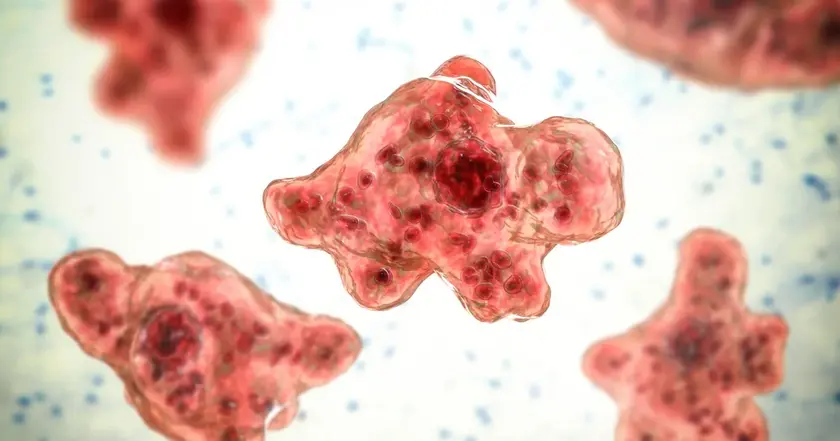
A Missouri patient is hospitalized with a confirmed Naegleria fowleri infection after visiting Lake of the Ozarks.
Rare brain-eating amoeba infection possibly linked to water skiing confirmed in Missouri
A Missouri resident is in intensive care with a confirmed Naegleria fowleri infection after spending time at the Lake of the Ozarks. Health officials said the illness may be linked to water exposure during activities such as water skiing and are investigating the source while noting the lake has two public beaches listed by the state park. Naegleria fowleri is a rare brain-eating amoeba that lives in warm freshwater and can infect people who force water up the nose. The Centers for Disease Control and Prevention explains that the infection, called primary amebic meningoencephalitis, is extremely uncommon but deadly. Since 1962, 167 cases have been reported in the United States. Last month a 12-year-old died in South Carolina after a similar infection, prompting families to speak publicly about the risk. To lower risk, officials advise nose protection during diving or jumping into water and caution that water entering the nose can cause infection. Symptoms can include nausea, fever, severe headache, stiff neck, seizures, changes in mental state, and hallucinations. It is not spread by swallowing water or by contact with an infected person.
Key Takeaways
"Naegleria fowleri infections are extremely rare but deadly"
Factual statement from health officials
"Public health guidance must reach lake goers quickly"
Editorial call for effective risk communication
"A single case can spark lasting changes in water safety"
Editorial highlight on policy impact
"Protecting noses during water play saves lives"
Practical safety advice
This incident highlights how recreational water safety remains a delicate balance between enjoyment and health. Public health messaging must be clear and timely so people know how to protect themselves without dampening outdoor life. The case also underscores the ongoing challenge for local authorities to monitor popular lakes and communicate risks without triggering unnecessary alarm. In a climate of warmer waters and longer seasons, the potential for exposure grows, making practical guidance essential for lake communities across the state.
Highlights
- Warm freshwater hides deadly infections
- A single case should push for clear lake safety tips
- Public health guidance must reach every water lover
- Protecting noses during water play saves lives
Public health risk at popular freshwater site
The case involves a serious health risk linked to a popular recreation area. While PAM is rare, the infection is deadly and public guidance must be clear and timely to prevent misuse of information or panic. Investigations into the exact source are ongoing, which may affect local trust and tourism.
Clear guidance can turn a risk into a shared duty for lakegoers.
Enjoyed this? Let your friends know!
Related News
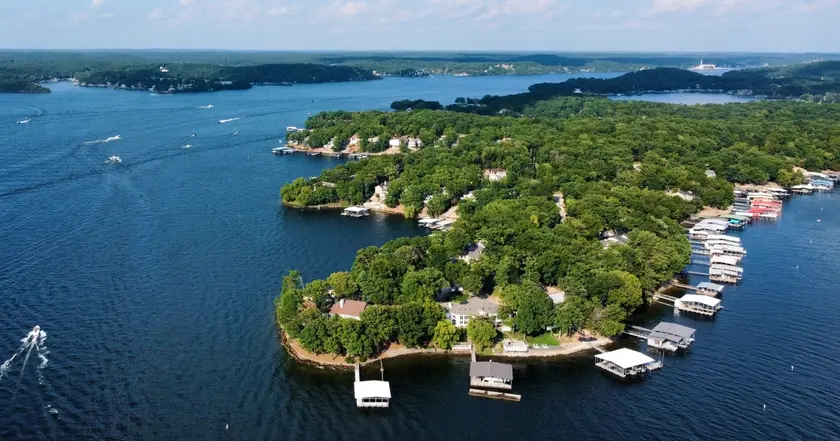
Rare brain infection linked to Lake of the Ozarks
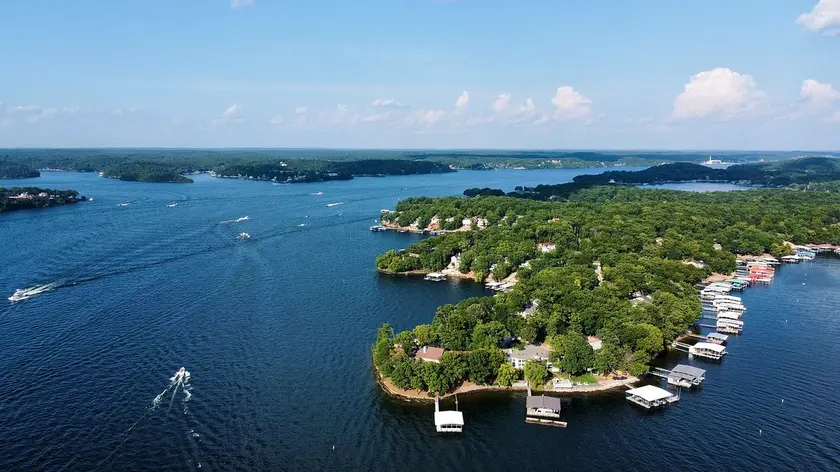
Rare brain eating amoeba case confirmed in Missouri
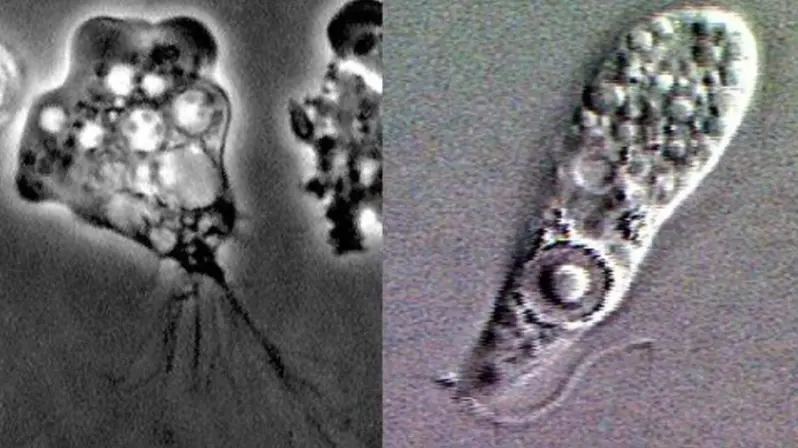
Lake of the Ozarks amoeba case

Pediatric death linked to brain-eating amoeba
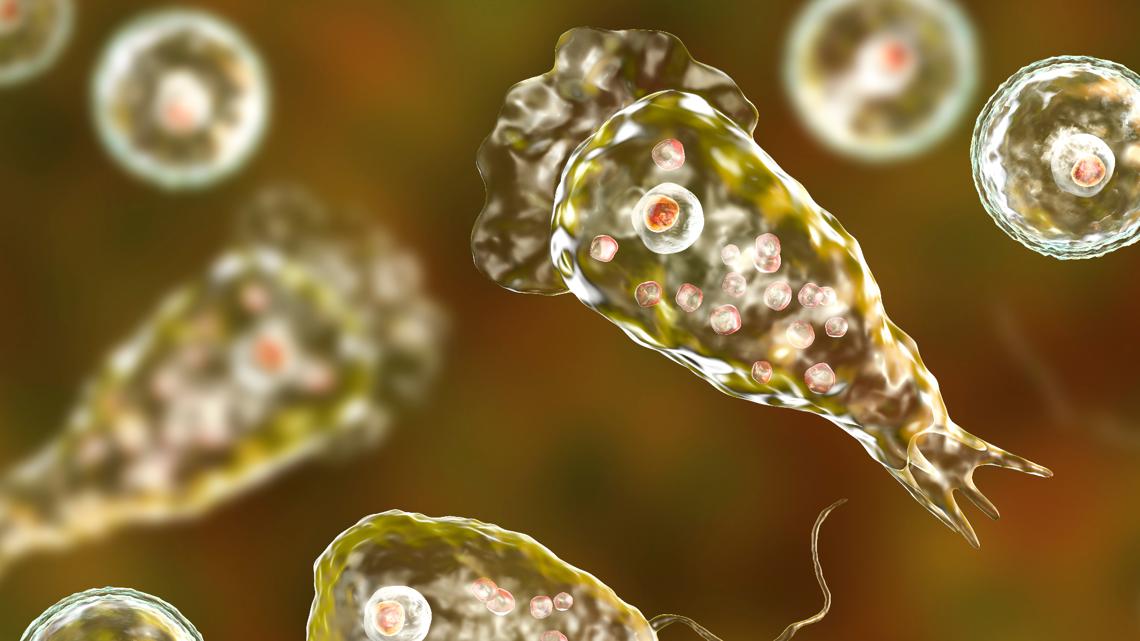
Confirmed death from brain-eating amoeba in South Carolina
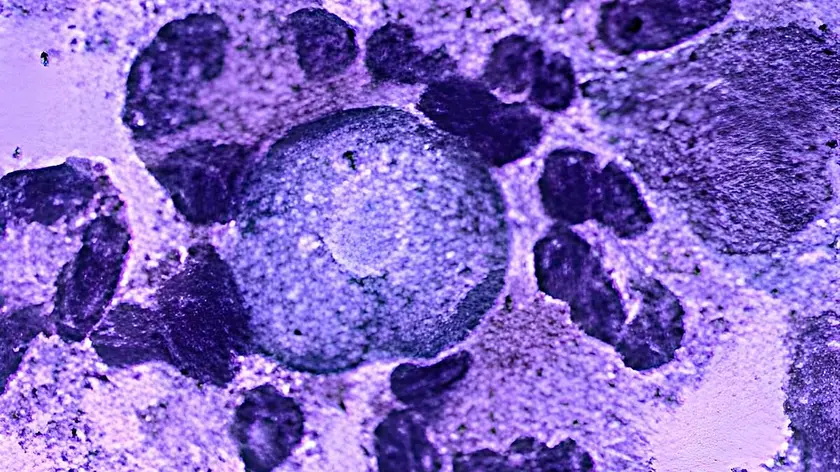
Child dies from brain-eating amoeba after swimming in South Carolina lake
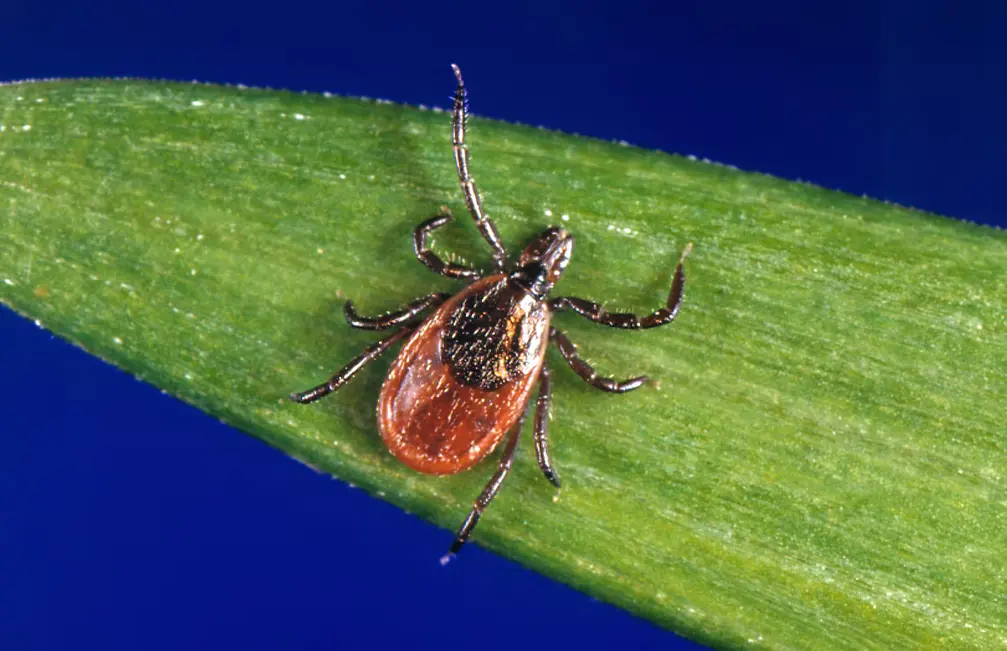
Investigation into Powassan virus case on Martha’s Vineyard

Maine reports first human case of Powassan virus this year
